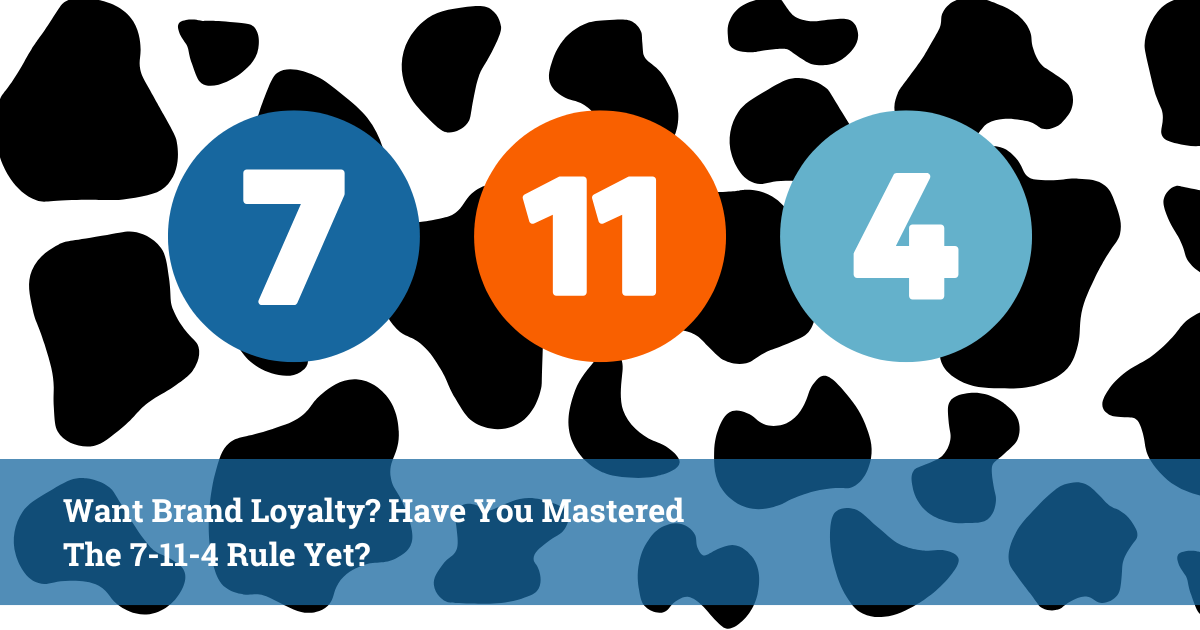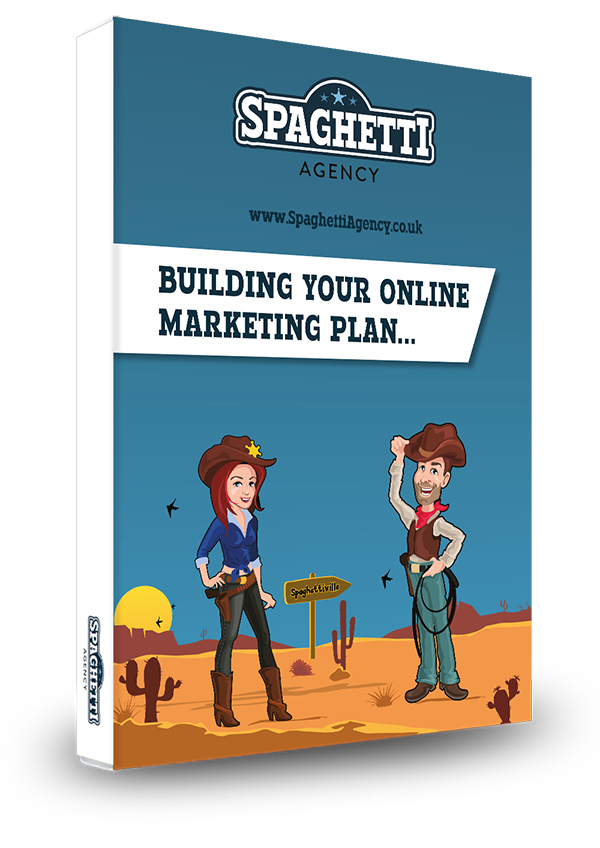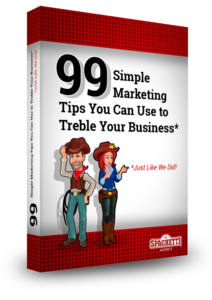Friday Digital Roundup
The Friday Digital Roundup is a witty take on the weird world of the internet. With fun stories from around the globe, it’s the only email newsletter you’ll actually read and enjoy!
We do love writing it, but clearly not as much as people like receiving it - just look at the response we got when a technical hitch meant it wasn’t sent out on time!
@Spaghetti_Jo
Coffee and the FDR is how I start my Friday.
Do not engage until I have devoured both
When it comes to the end of the week, there is no better way to start a Friday than with a run around the internet with Todd and Jo in the FDR. Just don't let them know I do it from the loo!
@Spaghetti_Jo
My inbox is full of rubbish newsletters that Im constantly deleting😬 My VIP inbox is for 1 thing only- THE DIGITAL ROUNDUP🤠I dont read a Newspaper or the news online, I just wait for Fridays, when this lands in my inbox- then I know ‘The weekend has landed’🤗
Get the Friday Digital Roundup and see what everyone’s talking about.
We may look like cowboys, but we’ll never abuse your data! Find out what we’ll do with it here, partner.
Spaghetti Blog
Want Brand Loyalty? Have You Mastered The 7-11-4 Rule Yet?
Building trust with your audience isn’t a one-and-done deal. It’s a marathon, not a sprint. That’s why marketers are always banging on about touchpoints. The more (relevant) touchpoints you have, the stronger your connection becomes.
Not familiar with the term? Let’s break it down:
Want Brand Loyalty? Have You Mastered The 7–11–4 Rule Yet?
A marketing touchpoint is any moment of interaction between a person and a brand—whether it’s online, offline, or somewhere in between. These moments can happen anytime during the customer journey: before they’ve even thought about buying, while they’re weighing up their options, or long after the purchase. And every touchpoint leaves a mark, shaping how people experience and feel about your brand.
In short? More meaningful touchpoints = more trust. Simple as that.
Here are some examples of marketing touchpoints that help build trust and keep your brand on your audience’s radar:
- Physical: A customer popping into your shop and chatting with a salesperson.
- Virtual: Someone landing on your website, clicking a link, or downloading a resource.
- Social media: Spotting one of your posts in their feed (or better yet, engaging with it!).
- Events: Catching up at an industry event, expo, or even a casual company get-together.
- Ads: Seeing your brand in a physical ad (think billboards) or digital one (think Instagram stories).
- E-newsletter: Receiving an email from you with tips, offers, or updates.
- Word of mouth: Hearing about you through a recommendation from someone they trust.
- Reviews: Reading glowing reviews, checking out testimonials, or scrolling through forums.
- Product demos: Experiencing your product or service firsthand in a demo.
- Video content: Watching an engaging video, reading a blog post, or learning from an infographic.
- Peer referral: Getting a nudge in your direction from a colleague or friend.
Each of these touchpoints offers a chance to connect, build credibility, and ultimately nudge your audience closer to that “I trust this brand” feeling.
The point of sale is where all your hard work comes together—it’s the last big touchpoint before someone says, “Yes, I’ll buy!” But how do you get your audience to that point with confidence?
Enter Google’s 7-11-4 Rule. This nifty framework helps simplify the art (and science) of building brand loyalty. It’s all about creating consistent, meaningful interactions that gradually establish trust and familiarity.
What’s the 7-11-4 rule?
It’s Google’s simple yet powerful formula for building trust and loyalty with your audience:
- 7 Hours: Your audience needs at least 7 hours of engaging with your content. Think videos, blog posts, or even webinars – it’s about spending quality time with your brand.
- 11 Interactions: They need to encounter your brand at least 11 times. Touchpoints matter, whether it’s social media, emails, or word of mouth.
- 4 Locations: Show up in at least 4 different places. From your website to social platforms, emails to events – the variety keeps your brand front of mind.
According to Google, this blend of time, frequency, and variety is the secret sauce for building strong, lasting relationships with your customers.
By focusing on these numbers, you’ll gradually build the trust your audience needs to confidently reach that final touchpoint and make their purchase.
Why does the 7-11-4 rule matter?
Your audience is bombarded with ads and brands all day long. Standing out takes more than just having a great product or service. The 7-11-4 Rule ensures you’re not only noticed but remembered.
Here’s why it works:
- Trust takes time: People don’t trust overnight. Seven hours of engagement gives them enough time to really get to know your brand and what you’re about.
- Repetition sticks: Seeing your brand at least 11 times keeps you front and centre when they’re ready to make a decision.
- Multichannel credibility: Showing up in 4+ places (like social media, email, and events) makes your brand feel solid, reliable, and here to stay.
By using this rule, you’re playing into how people naturally build trust and make decisions, making your marketing not just effective, but smarter.
How to apply the 7-11-4 rule
Ready to make 7-11-4 work for you? Here’s your step-by-step guide:
1. Create Valuable Content
Great content is the foundation of engagement. Focus on material that grabs attention and delivers value:
- Blogs, videos, or podcasts that educate or entertain.
- Infographics that simplify complex ideas.
- Content that directly solves your audience’s problems.
Pro tip: Make it useful enough that your audience keeps coming back for more.
2. Increase Interaction Frequency
Consistency is your secret weapon. Plan regular touchpoints to stay front-of-mind:
- Post consistently on social media with updates, tips, or behind-the-scenes content.
- Send weekly emails packed with value.
- Publish blogs regularly to build authority.
- Use sales funnels and marketing campaigns to keep website visitors engaged.
More frequent, meaningful interactions = more trust and loyalty.
3. Diversify Your Channels
Find out where your audience hangs out and meet them there. Aim to establish a presence across four or more platforms, such as:
- Social media (LinkedIn, Instagram, Facebook, YouTube).
- Your website (think blogs, landing pages, or resources).
- Email marketing (because it still works!).
- Partner platforms (guest blogs, podcast appearances, or influencer collaborations).
A multichannel approach makes your brand more visible and harder to forget.
4. Track, Analyse, and Refine
Keep an eye on your performance to hit those 7-11-4 targets:
- Are people spending enough time with your content?
- Which platforms drive the most interactions?
- Is your messaging resonating, or does it need tweaking?
Use analytics tools to measure, learn, and adapt your strategy as needed. The data doesn’t lie – trust it to guide you.
Real-world success: Netflix
Netflix nails the 7-11-4 Rule like a pro. They keep users hooked for hours with binge-worthy shows, reach them with personalised recommendations and clever social media content, and are available everywhere—from mobile apps to smart TVs and even email. This consistent, multichannel presence has made Netflix a household name and a trusted favourite worldwide.
The takeaway?
Building loyalty isn’t magic – it’s strategic, consistent, and oh-so-doable. The 7-11-4 Rule isn’t just another marketing buzzword – it’s a straightforward way to build trust and loyalty by focusing on time, touchpoints, and variety. By consistently showing up where it matters, you can create meaningful connections that stick.
Standing out to your customers can be tough when everyone’s vying for attention. But Google’s 7-11-4 Rule might just be the framework you need to make your mark.
Ready to rise above the noise? It’s time to put 7-11-4 to work.
Next steps – getting started
Thinking, “7 hours of content? 11 touchpoints? Who has time for that?” Yeah, it’s a lot – but if Google’s crunched the numbers, it’s probably worth paying attention.
Here’s the deal: we can either do it for you (because honestly, this is our thing), or we can show you how to tackle it yourself without losing your mind.
Sound good? Get in touch and let’s see how we can make this work for you.
Tags associated with this article
Post a comment
We'd love to know what you think - please leave a comment!







0 comments on this article